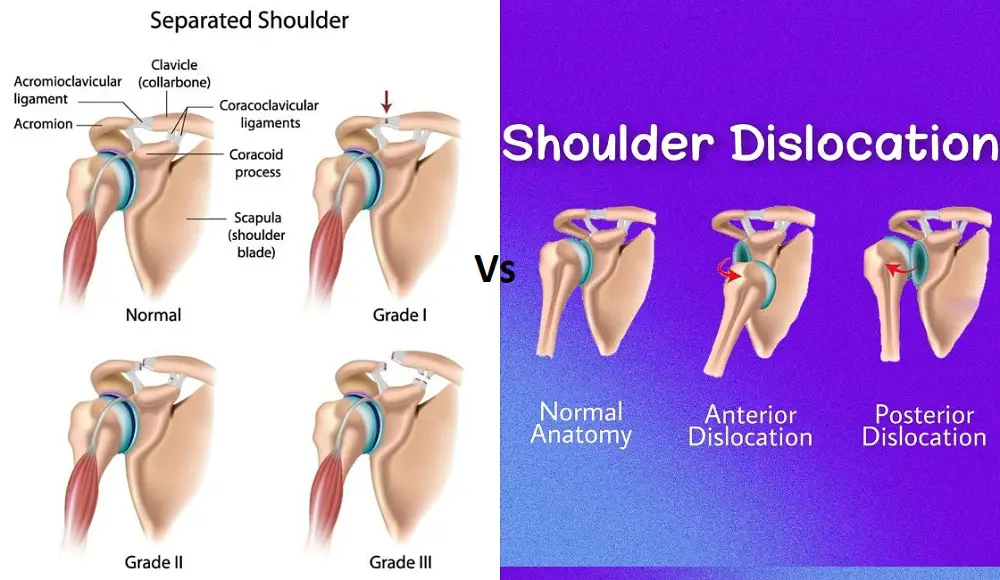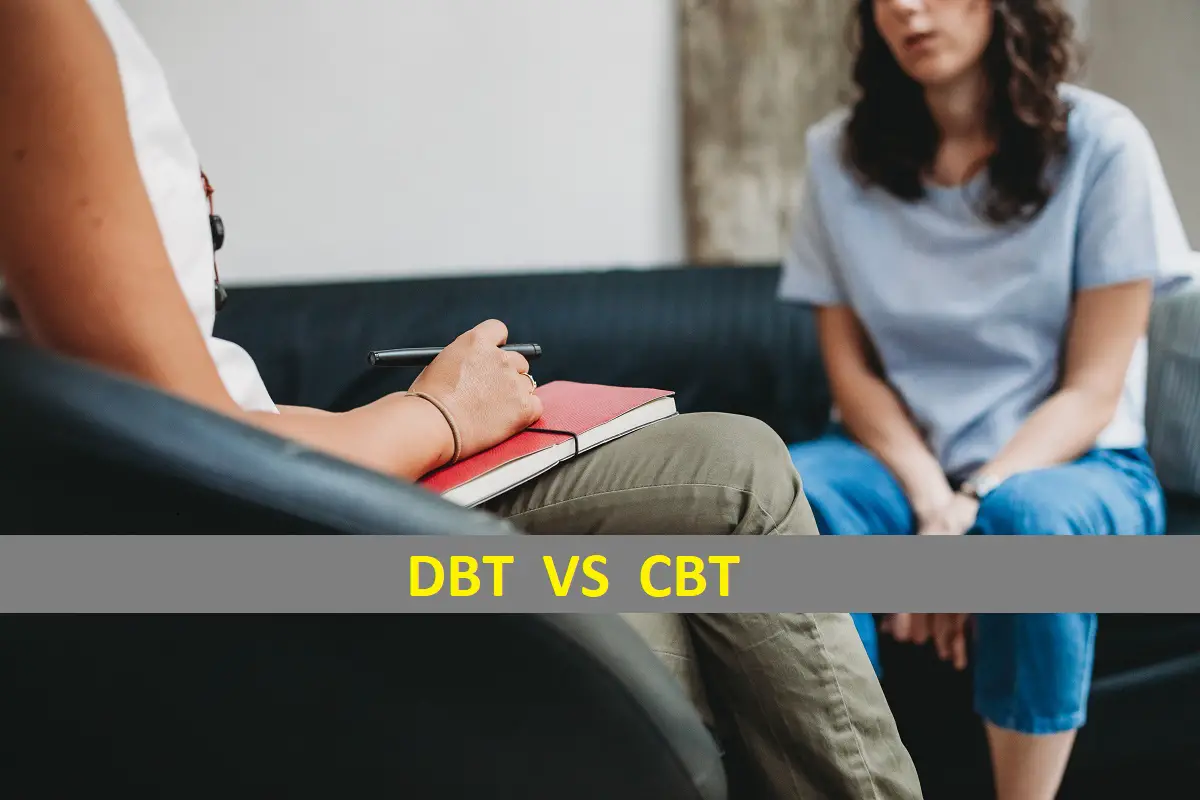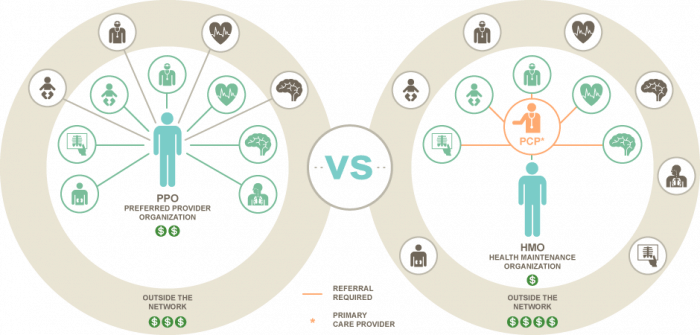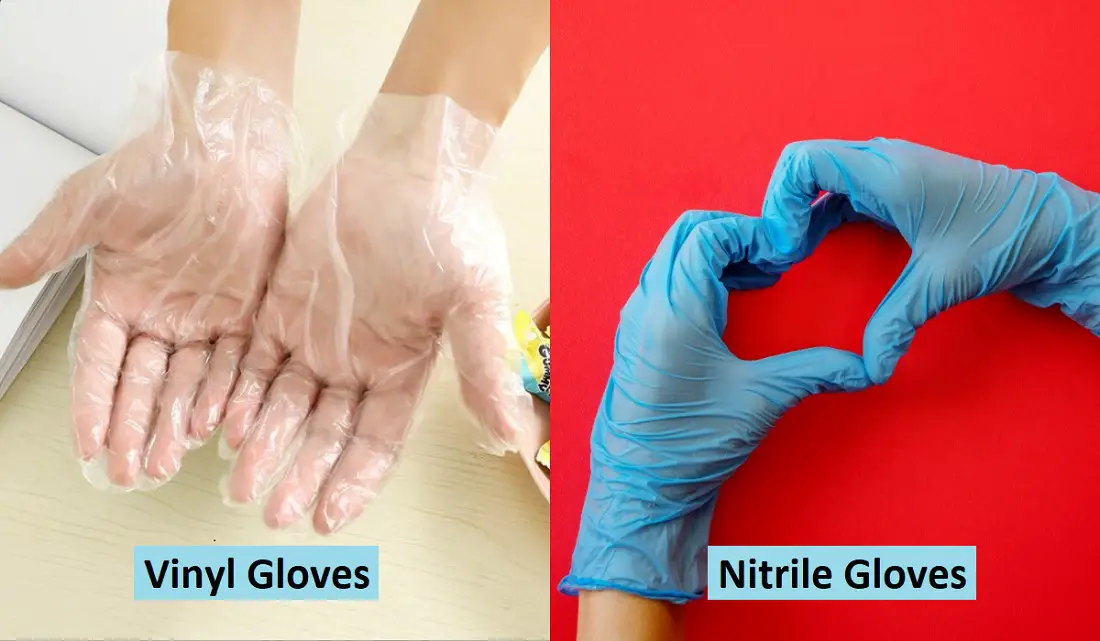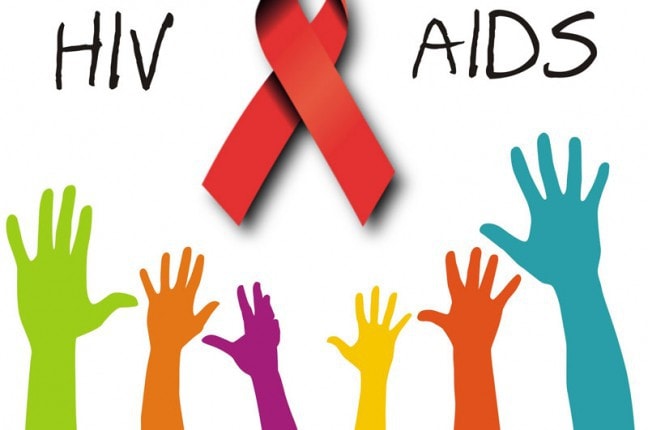Shoulder Separation vs. Dislocation: How Do They Differ?
Regardless of being two quite distinct and different injuries, shoulder dislocation and shoulder separation are often mixed up. This issue of confusing the two terms comes from a lack of knowledge in people, which we are here to fix today.
Shoulder injuries are common mostly amongst sport-related injuries, and shoulder separation and shoulder dislocation are two of the most common injuries.
The injuries are actually in different locations, have different symptoms or sign, and require different treatments, but one thing they both have in common is that they are both incredibly painful.
Hence, we are here to help you understand shoulder separation vs dislocation in thorough detail to prevent you from making any mistakes.
Shoulder Separation vs Shoulder Dislocation: An Overview
The locations of these two injuries are quite different. A shoulder separation occurs when the ligament that lies between the shoulder blade and the collar bone gets injured. In contrast, shoulder dislocation happens when the socket of the shoulder blade gets detached from the upper portion of the arm bone.
If your shoulder gets dislocated, it essentially means that the top of the arm bone has popped out. So you will see a bump on either the front or back of your shoulder, depending on how it got dislocated.
Shoulder separation has different types from type I to VI, and they are best detected by carrying out X-rays on the patient.
Quite a few of the causes of these injuries are similar, and they are mostly related to physical activities. Getting hit on your shoulders or falling right on your shoulder can cause either of the two injuries.
What is a Shoulder Separation?
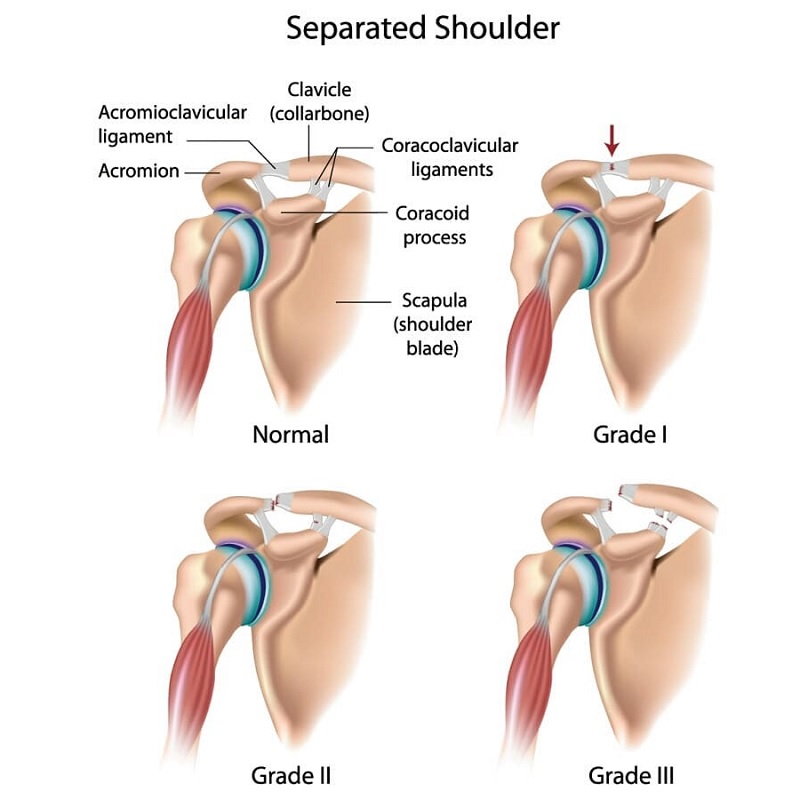
A shoulder separation occurs when the acromioclavicular joint experiences a great force and trauma.
What then happens is that one or more of the ligaments that link the shoulder blade and the collarbone gets torn; this results in the collarbone getting disconnected from the shoulder blade, causing it to move out of its required position.
If it moves out of position too much, then it can even push against the patient’s skin which may cause immense pain.
This injury can make the patient quite immobile as it disrupts the suspensory mechanism of the arms. You are most likely to get a shoulder separation if you trip and fall on the tip of your shoulder.
The injury can range from just a strain to partial or complete tear of the ligaments, which means it becomes very severe. Generally, shoulder separation cases are of types I and II, meaning lower grade shoulder separations.
Common symptoms of this injury include sharp and immediate pain, swelling, and deformation around the shoulder area.
What is a Shoulder Dislocation?
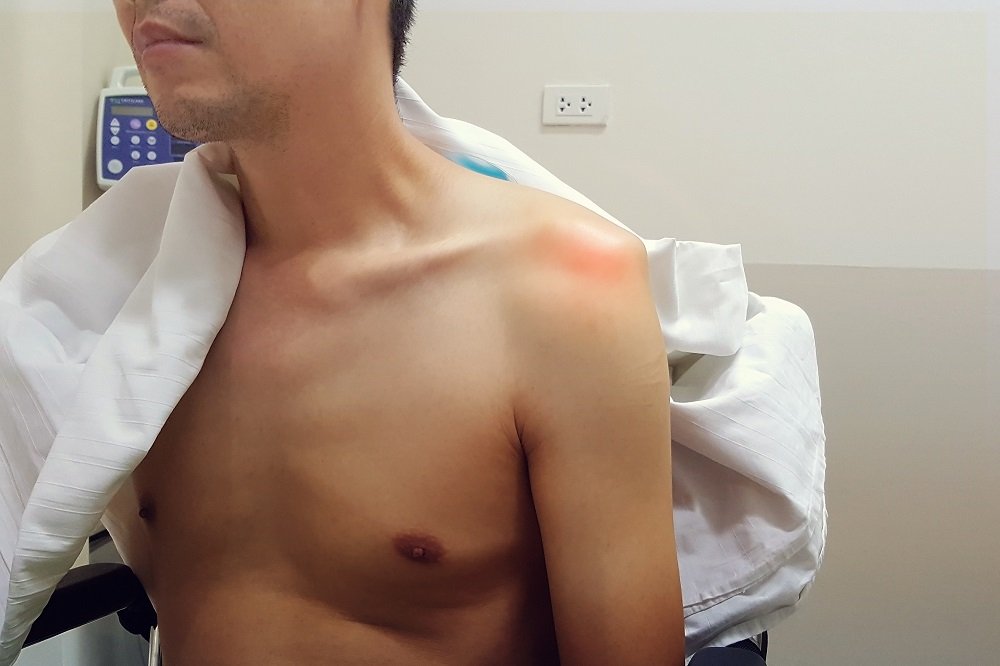
When a shoulder is dislocated, the ball and socket joint get unstable and may even pop out, or in more scientific terms, the humerus and glenoid.
What this instability often results in is the shift of the position of the humerus head to the front or back of the glenoid. This injury may cause damage to the shoulder nerves and tissues which will inflict a lot of pain.
If one were to have repeated shoulder dislocations, then this could cause the weakening of the person’s shoulder almost permanently.
Along with all the causes common with a shoulder separation, another thing that often causes shoulder dislocation is twisting one’s arm; this quite easily pops out the ball out of the socket.
It will hurt a lot if you try to move your hands after your shoulder is dislocated, and as previously mentioned, you will notice a bump either on the front or back of the shoulder.
Learn The Differences Between Heartburn and Acid Reflux
Treatment and Prevention for Shoulder Separation and Dislocation

As the symptoms of shoulder dislocation are very obvious, once you get injured, you must rush to the doctor for medical help, or else the pain and swelling will continue to worsen.
The doctor will have to pop the top of the arm bone right into the socket, and although it might hurt for a second, there is an instant feeling of relief that follows that.
You will still have some minor swelling and pain, which can be brought down by treatments used for shoulder separation, such as icing or having anti-inflammatory drugs. Although it is very rare, in extreme situations, surgery may be required to position the bones correctly.
For shoulder separations, depending on the type of separation you may have, there is physical therapy. For severe cases, surgery may be needed to fix the torn ligament. However, usually icing, inflammatory drugs, stretching, or even using a shoulder immobilizer does the job.
Resting is essential to treating both of these injuries. Going back to activities without letting the injuries heal properly may lead to permanent damage. It takes shoulder separations around six weeks to heal completely, but shoulder dislocation can take up some more time, like up to twelve weeks, to be fully fixed.
For both injuries, just after you get hurt, do not continue any sort of physical activity, and ice your shoulders properly after working out the muscles there. Strengthening your shoulder muscles and using padding while carrying out intense activities is highly recommended to avoid any damage to your shoulders.
Recommended for You:
- Prognosis Vs. Diagnosis: 5 Major Differences
- Difference Between Corn and Wart
- Difference Between BLS and CPR
Shoulder Separation vs Dislocation: The Comparison Table
|
Parameter of Comparison |
Shoulder Dislocation |
Shoulder Separation |
|
Location of Injury |
Shoulder blade and the top of the arm bone. |
Ligaments between the shoulder blade and the collarbone. |
|
Symptoms |
Bump either at the front or back of the shoulder, pain that gets worse with movement. |
Deformed shoulder, swelling, immediate intense pain. |
|
Causes |
Getting hit on the shoulder, twisting of the arm. |
Force and trauma right on the shoulder. |
|
Treatment |
Repositioning of the bone, anti-inflammatory drugs, exercising, icing. |
Physical therapy, anti-inflammatory drugs, exercising, icing, etc. |
|
Healing Time |
3 – 12 weeks. | About 6 weeks. |
| Surgery | Rarely required. |
Rarely required. |
Key Takeaways
- Shoulder dislocation occurs when the ball as in the top of the arm bone pops out of the socket. On the other hand, shoulder separation takes place when the ligaments between the shoulder blade and collarbone get torn.
- A common symptom of shoulder dislocation is a bump at the front or back of the shoulder. In contrast, for shoulder separation, the symptoms include a deformed shoulder, swelling, and pain around the shoulder and collarbone.
- To treat a shoulder dislocation, you must go to a doctor immediately to reposition your arm bone. In contrast, treatment of shoulder separation requires physical therapy and also ingesting anti-inflammatory drugs.
- Force and trauma on top of the shoulder may more likely cause shoulder separation, while the twisting of an arm can be one of the main reasons for shoulder dislocation.
Conclusion
We hope you are free of any confusion after reading this shoulder separation vs dislocation guide. Do not try to self-diagnose and treat your injuries; always try to seek medical help in emergency cases like these injuries.
If you have any further questions regarding this topic, feel free to drop them in the comments section below!
